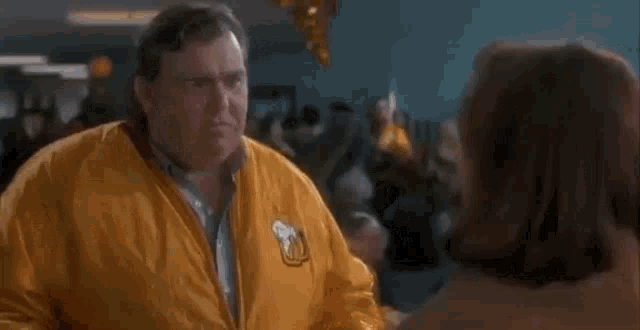Each month, we feature a different Ohio city as part of our #GOPCThread Series, Ohio Community Spotlight. This month, we highlight the city of Parma!
Since we launched #OHCommunitySpotlight in 2020, we have highlighted more than 40 Ohio communities large and small. The focus has mostly been on our legacy cities.
This month, the focus is on one of our state’s most culturally diverse communities, the seventh largest in the state – and the largest suburb in all of Ohio: Parma!
Parma is located on the southern edge of the city of Cleveland. With a population over 81,000, it is the second largest city in Cuyahoga County.
The city we know today as Parma was originally surveyed by the Connecticut Land Company as a part of the Western Reserve. The first settlers arrived in the area in 1816 and was then known as Greenbriar after the brush in the area.
In March 1826, Greenbriar residents were persuaded by resident Dr. David Long to rename the township Parma after the Italian city of the same name. Dr. Long had returned from a visit to the then Duchy of Parma where he was impressed by the grandeur and beauty of the area.
Parma would remain largely a rural, agriculture community until the early 1920s. Parma did not become a village until 1924 (13 years after Parma Heights separated from the township to become a Village in 1911). It quickly expanded to be incorporated as a city of 13,000 in 1931
Parma would boom again following World War II. Between 1950-1960, the population rose from nearly 29,000 to almost 83,000 – one of the fastest growing cities in the United States. By 1970, the city reached its peak population of 100,216.
Much of this growth was fueled by the post-war economy and industrialization in the area. Parma would come to be home to both a GM Stamping plant as well as the Union Carbide Research Center.
Like many suburban cities, Parma also became a haven for retail. Parmatown Mall opened in 1956 as an open-air shopping center featuring 33 stores. By 1968, the now enclosed mall had grown to include over 100 stores.
The postwar population boom led to Parma becoming one of the most culturally diverse in Ohio. This included many refugees from post-war Europe who found their way to the United States and many settled in NE Ohio, drawn to the jobs and opportunity in the region.
Parma even played a short role in the Cold War defense of Northeast Ohio. In the 1950s and early 1960s, the U.S. Army installed Nike Ajax missiles in the city to protect against Soviet Bombers.
Project Nike was short-lived however, and most missile batteries were reduced beginning around 1965. The project was fully abandoned as part of the SALT I talks and the ABM treaty between the US/USSR and fully deactivated by 1974.
Economic and industrial decline in the 1970s and 1980s would soon begin to hit the region, and Parma was not immune. Parmatown Mall reached its peak in 1980 with a 65-store expansion, making it the second largest mall in the Cleveland area.
Like many malls, the former 991,000 sq. ft. shopping mecca is in transition with many of the former spaces being torn down and the spaces transitioning into open-air shopping plazas once again.
The Union Carbide facility, which manufactured graphite electrodes, transitioned into a new company that for a time was headquartered in Parma, but eventually shifted operations and closed the research center after 59 years in the community.
The Parma Metal Center does continue to produce stamping and metal assembly for General Motors, supplying parts for numerous facilities across North America.
Parma continues to be a magnet for migration. @GlobalCleveland, a nonprofit that works to attract, welcome, and integrate newcomers to NE Ohio, has been working to settle refugees from the conflict in Ukraine
Parma is already home to one of the largest Ukrainian populations in the US, and many of the city’s residents can claim ancestry to a number of eastern European countries and regions.
Parma boasts designated “Ukrainian Village” & “Polish Village” commercial districts. Among the most walkable neighborhoods in the city, these districts host a number of annual festivals, including Polish Constitution Day (May) & Ukrainian Independence Day (August)
Parma’s ethnic diversity has sometimes made it the subject of light-hearted comedy, mostly from iconic local TV hosts Ghoulardi, Hoolihan, and Big Chuck and Lil’ John, who joked about the city’s purported love of polka, chrome balls, and pink flamingos
Parma though got the last laugh on them all. The pink flamingo became so closely associated with the city due to the jokes that the city finally erected a 7 foot, 150lb statue of one in a public park
So Cheers! Prost! Dzięki! Ypa! To the Garden City of Parma.















